Posted on 3/28/2024

Many people, especially students of all ages, eagerly anticipate the arrival of spring break—a time for relaxation, exploration, and adventure. Whether you're planning a cross-country road trip with the family or a weekend getaway to a nearby destination with friends, proper packing is essential for a smooth and enjoyable journey. To help you make the most of your spring break adventure, turn to these useful tips to prepare for the time ahead. Tip #1: Plan Ahead Before you start packing, take some time to plan your trip itinerary and consider factors such as destination, duration, and activities. This will help you determine what essentials to bring and streamline the packing process. Tip #2: Pack Light When it comes to packing for a road trip, less is often more. Focus on packing versatile clothing items that can be mixed and matched, and only bring what you'll actually need for the trip. Remember to leave room for any s ... read more
Posted on 2/27/2024
%20(Small).jpeg)
Choosing the right engine oil for your car can feel like navigating through a maze. With options like synthetic, conventional, and even blends, it's easy to get lost. But don’t worry - we are here to explain the mystery and help you decide which oil is the best fit for your vehicle. Understanding the BasicsConventional oil Refined from crude oil, it's the most affordable option. However, it breaks down faster under extreme temperatures and has a higher viscosity, meaning it flows less easily when cold. Synthetic oil Created in labs, it offers superior performance with more uniform molecules, leading to better viscosity control and extreme temperature protection. This means that it comes at a higher price tag. Synthetic blend A mix of conventional and synthetic oils, offering a balance between affordabil ... read more
Posted on 1/31/2024
.jpeg)
Their reputation wasn't built overnight but is the result of years of engineering excellence. We are talking about Honda - a legend in the reliability and fuel efficiency realm of cars. Let's take a closer look at why their engines have earned the trust they have and how they continue to be a benchmark in the automotive world. The Reason Behind Honda's Reliability At the heart of Honda's reliability is a philosophy that combines innovation with consistency. Honda engineers focus intensely on the basics: durable materials, precision engineering, and exhaustive testing. They are designed to withstand various conditions, ensuring they perform consistently, whether it's a cold morning start or a long highway journey. This relentless pursuit of quality means that Honda engines are not just reliable; they're also efficient and powerful. This has led to a huge fan base, both in their regular cars and tuning screens. Most Reliab ... read more
Posted on 12/16/2023
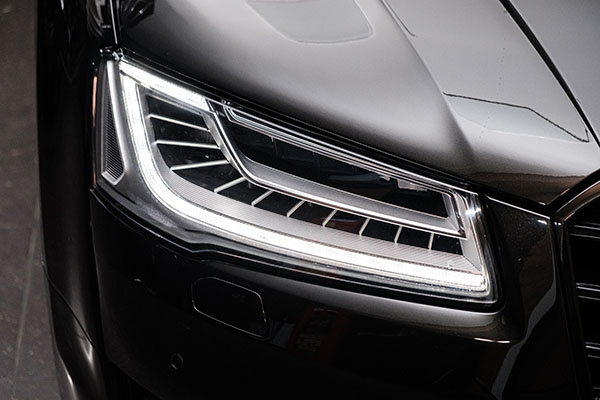
As the sun sets and the scene plunges into darkness, drivers rely on their vehicle's headlights as a crucial feature. These beams of light serve as the eyes of a car, providing visibility and guidance on roads shrouded in shadow or obscured by inclement weather. Despite their vital role in ensuring road safety, headlights are often overlooked when it comes to regular vehicle maintenance. A Clear Vision for Safety The primary function of vehicle headlights is to ensure visibility—not only for you but also for everyone else on the road. Over time, external factors such as UV rays, harsh weather conditions, and road debris can cause cloud and yellow headlight lenses, drastically reducing their effectiveness. Dim or cloudy headlights don't just compromise your view; they're a safety hazard that can lead t ... read more
Posted on 11/27/2023
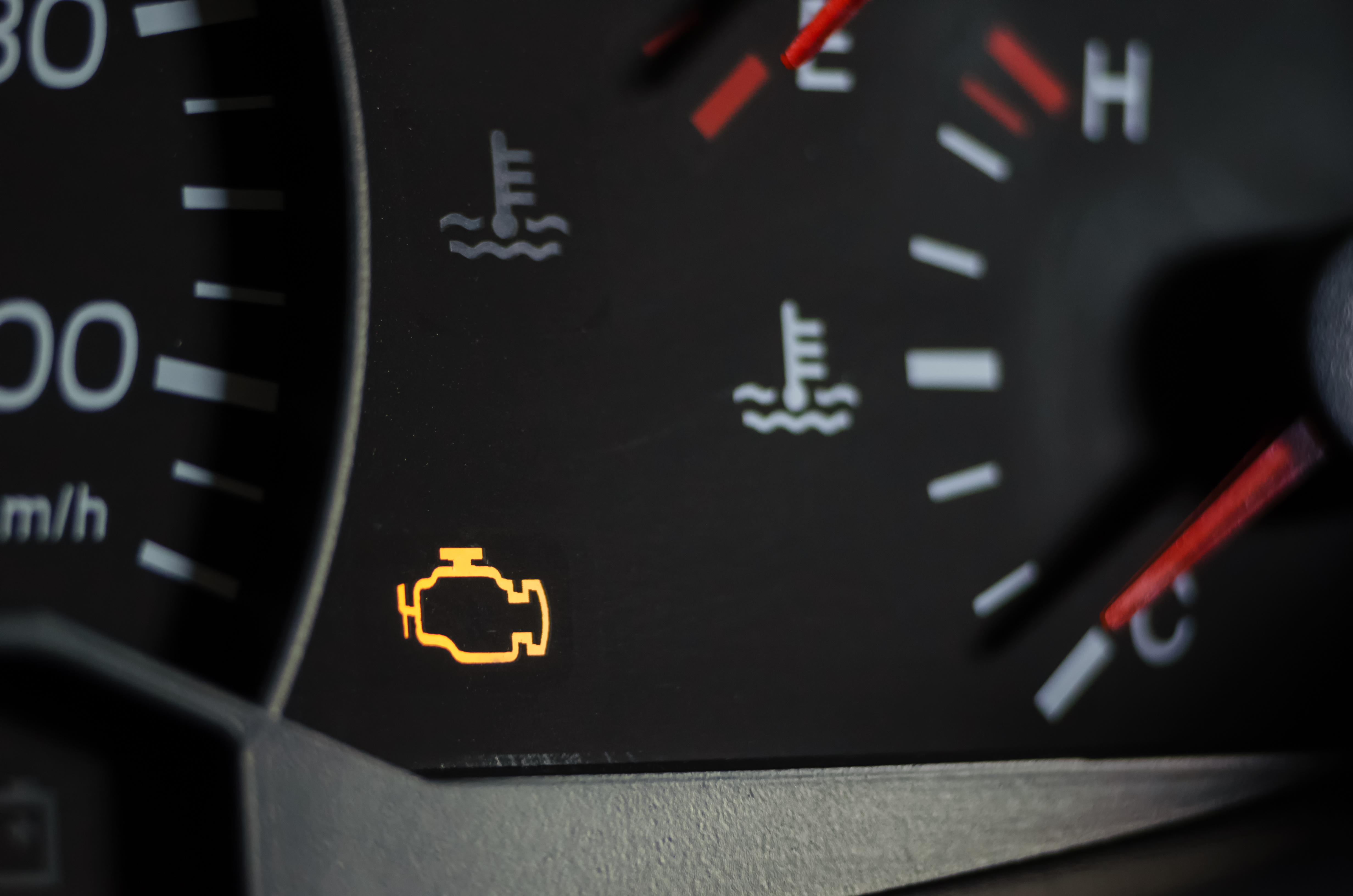
Suddenly, your dashboard lights up like a Christmas tree – and it's not because of holiday cheer. Your check engine light is not just on; it's flashing like a strobe at a rave party. Now, your heart's racing to the beat of panic. What does it mean? The Check Engine Light First things first, let's address why that little light is so important. Your check engine light is your car's way of saying, "Hey, I've got a problem here!" It's connected to your vehicle's onboard diagnostics system (OBD-II), which monitors your engine and other vital components for issues. When something goes awry, it triggers this warning light. The Flashing Check Engine Light But why is it flashing? A steady check engine light can mean anything from a loose gas cap to a faulty sensor – often not an immediate threat. Howeve ... read more
Posted on 10/30/2023
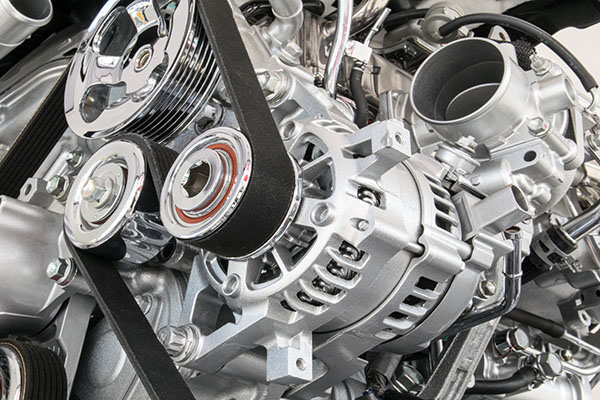
Ever wondered what keeps all these vital components running smoothly while you're on the go? Enter the unsung hero of your car's electrical system - the alternator. Often overlooked but crucial to your vehicle's functionality, the alternator plays a pivotal role in keeping the electrical components operational and the battery charged. Understanding the significance of the alternator can shed light on its vital role in ensuring a seamless and reliable driving experience. What Does an Alternator Do? The alternator in your car is a mini power plant that generates electrical power to keep your car's battery charged and supply electricity to various components, including the lights, radio, air conditioning, and other essential electrical systems. It works in conjunction with the battery to provide the necessary electrical energy to keep the e ... read more
Posted on 9/30/2023

As the leaves begin to don their vibrant autumn hues and the air carries a noticeable crispness, it's evident that a seasonal shift is upon us. The arrival of autumn signifies more than just a change in the weather; it beckons us to consider the needs of our faithful four-wheeled companions. Among the questions that arise during this time of year is whether you should change your car's oil before the autumn season sets in. Understanding the Role of Engine Oil Before delving into the autumn oil change decision, let's revisit the vital role that engine oil plays in your vehicle's well-being. Engine oil is the lifeblood of your car's engine, ensuring that all its moving parts are adequately lubricated and protected from wear and tear. It also aids in temperature regulation, preventing your engine from overheating. Summer's Toll on Engine Oil Summer is a season of road trips, vacations, and long drives under the scorching sun. Y ... read more
Posted on 8/30/2023
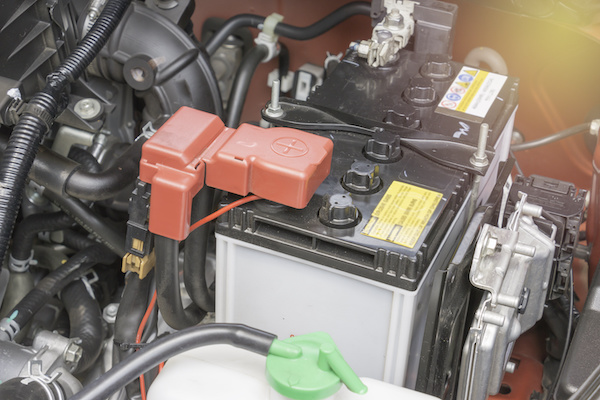
Your car's battery is the unsung hero that powers everything from your morning commute playlist to your headlights at night. However, like all good things, batteries don't last forever. Understanding when and why to replace your battery can save you from unexpected breakdowns and keep your wheels rolling smoothly. The Battery Basics Think of your car's battery as its heartbeat – it provides the initial jolt of energy needed to start the engine and keeps the electrical system running. Over time, as you start your car and use accessories like lights and air conditioning, the battery gradually loses its ability to hold a charge. Signs Your Battery Needs a Replacement Slow Engine Crank: If your engine is slow to start, it's often a sign that your battery is struggling to provide the necessary power. Dimming Lights: Are your headlights less dazzling than usual? Dimming or flickering lights can indicate a weak battery. El ... read more
Posted on 7/30/2023
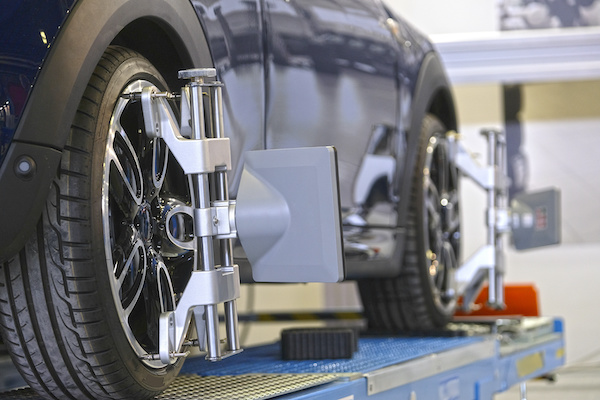
Misaligned tires are an issue that happens to every car. Many car owners view it as an inconvenience, but it can be a problem that damages their vehicle significantly. To properly maintain your car, these are the top signs that your car needs a wheel alignment: Off-Center Steering Wheel One of the easiest ways to know if your vehicle requires wheel alignment is if your steering wheel is off-center. If the wheels are properly aligned, the steering wheel should be straight. When the tires are misaligned, the steering wheel will have a slight tilt in the direction of the misalignment. Even if you try to adjust the steering wheel to the center, the car will veer in one direction. Pulling To One Side If the car automatically pulls to the left or the right when driving, it is a clear sign that you need a wheel alignment. When you hold the steering straight, the car will move slightly in one direction. Pulling to one side is the most common way drivers know they need a wheel alignment ... read more
Posted on 6/29/2023
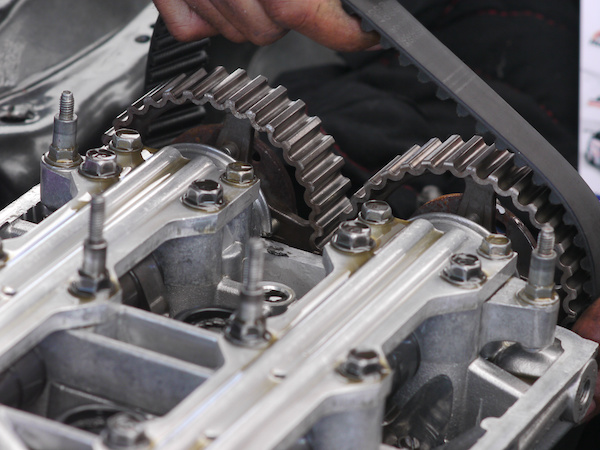
Every car engine has and needs a timing belt. A timing belt is a belt with teeth connecting the crankshaft to the camshafts. The belt is responsible for regulating the timing of the engine's combustion process. Without the timing belt, the engine will not run. The timing belt undergoes significant wear and tear. The following is how to tell if your car needs a new timing belt: Engine Misfires A damaged or old timing belt will negatively affect the engine's timing. The result is the engine will misfire or run roughly. A loose timing belt will cause the cylinders to close and open earlier than usual. With such poor timing, the engine will run erratically or not run at all. If the engine has a loose timing chain, it will produce a lot of noise. Therefore, once you feel and hear your engine misfiring, check the timing belt immediately. Squealing, Ticking, or Clicking Noises A worn-out timing belt can cause ticking and clicking noises in the engine. They are sounds that indicate ... read more